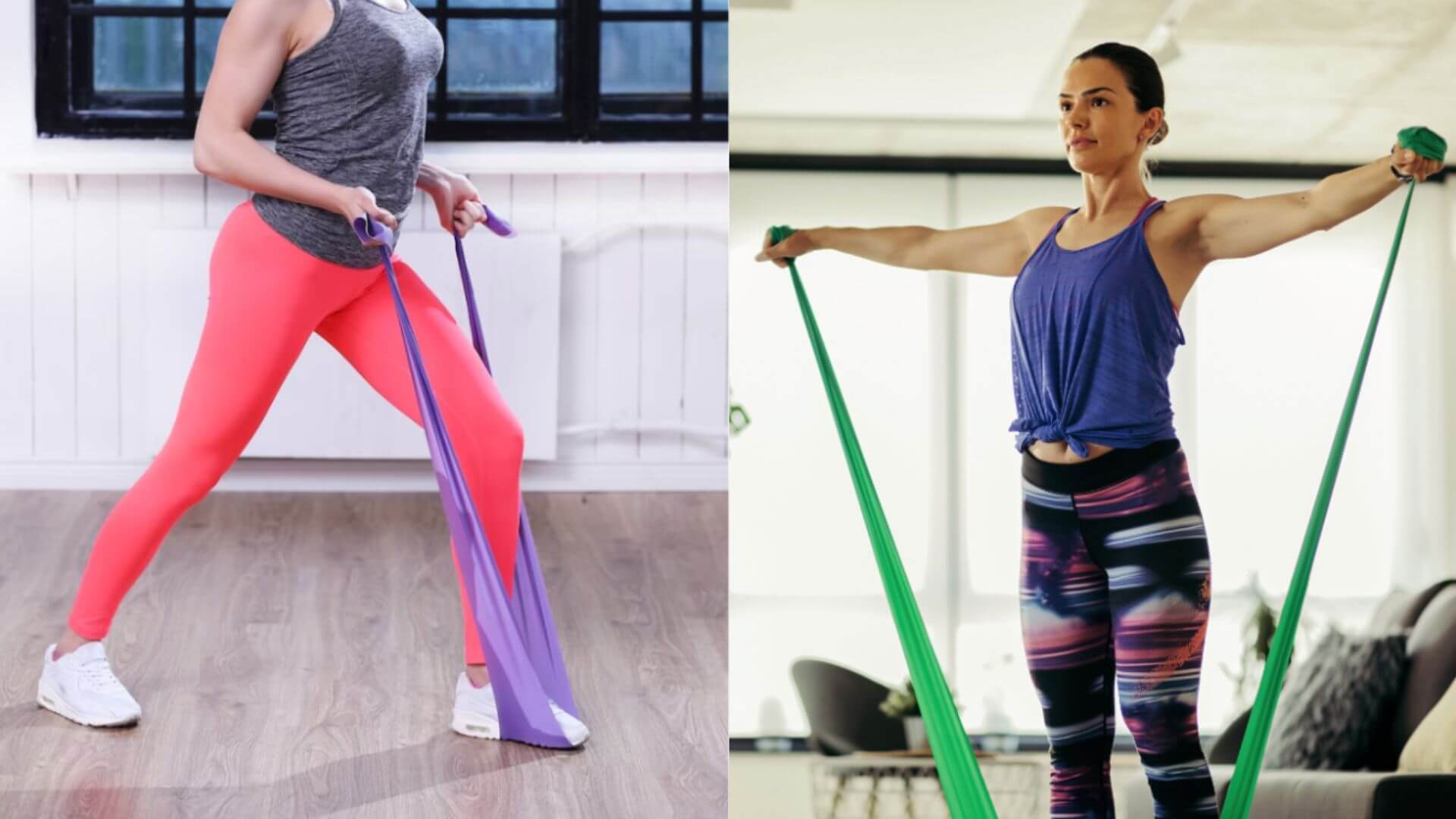
Introduction
Since we’ve touched up in the past about the importance of actually resting let’s go towards the other side of the coin with an active recovery protocol that I 100% standby year round. Sore muscles are a common aftermath of intense workouts, leaving you feeling like you’ve pushed your limits. While rest may seem like the obvious solution, it’s not always the best one. In fact, resting too much can hinder your progress and leave you feeling even more stiff and uncomfortable taking a longer time to recover in between high intensity training weeks. Enter active recovery, where 100 total rep resistance band workouts can play a pivotal role in reducing soreness and promoting blood flow to aid in the healing process.
The Problem with Resting
When you’re debilitatingly super sore, your instinct might be to take a complete break from exercise and allow your body to recover passively. However, this approach can actually prolong the recovery process and lead to muscle stiffness. Here’s why:
Blood Flow Stagnation: Resting too much can cause blood flow to your muscles to decrease, which hinders the delivery of vital nutrients and the removal of waste products. This slowdown in circulation can result in prolonged soreness.
Muscle Tightening: Inactivity can cause your muscles to tighten, making it even more difficult to regain your range of motion and flexibility. This tightness can lead to poor posture and increased discomfort.
Reduced Strength and Endurance: Extended periods of inactivity can lead to muscle atrophy and a loss of strength and endurance, making it harder to get back into your regular exercise routine when you do decide to resume.

The Benefits of Active Recovery
Active recovery is the solution to the problems associated with excessive rest. It involves engaging in low-intensity exercises that promote blood flow to sore muscles without adding significant stress. Resistance band workouts, in particular, are a fantastic choice for active recovery because they allow you to control the level of resistance and target specific muscle groups. Here’s why active recovery with 100 rep resistance band workouts can be so effective:
Increased Blood Flow: Resistance band exercises create resistance against your muscles, forcing them to work, and in turn, stimulating blood flow. This improved circulation helps deliver essential nutrients to your muscles and remove waste products, speeding up the healing process.
Muscle Activation: Active recovery exercises activate and engage the muscles without overloading them. This can help prevent muscle atrophy and maintain your strength and endurance.
Enhanced Flexibility: Resistance bands can be used to perform stretching exercises that increase flexibility and range of motion, reducing muscle tightness and discomfort.
Pain Reduction: The endorphins released during exercise can help alleviate pain and discomfort associated with sore muscles, making you feel better overall.

100 Rep Resistance Band Workouts for Active Recovery
Now that you understand the importance of active recovery, let’s explore a simple 100-rep resistance band workout to help reduce soreness and improve blood flow:
Band Pull-Aparts (Shoulders): Stand with your feet hip-width apart and hold the resistance band in front of you with both hands. Keep your arms straight and pull the band apart by moving your hands outward. Perform 100 reps.
Banded Face Pulls (Rear Delts): Attach the resistance band to a sturdy anchor point at chest height. Grab the band with both hands and step back to create tension. Pull the band towards your face while keeping your elbows high and squeezing your shoulder blades together. Perform 100 reps.
Tricep Extensions (Triceps): Step on the center of the resistance band with one foot and hold the band’s other end with one hand behind your head. Extend your arm upward, fully contracting your triceps. Perform 100 reps on each arm.
Banded Good Mornings (Lower Back, Hamstrings, Glutes): Stand on the center of the resistance band with your feet shoulder-width apart. Hold the band at shoulder height with your hands in front of your chest. Keeping your back straight and a slight bend in your knees, hinge at your hips and lower your upper body forward while maintaining tension on the band. Return to the upright position. Perform 100 reps.
Banded Pullovers: Lie on your back with the resistance band securely anchored. Hold one end of the band in both hands above your chest. Extend your arms overhead and then return to the starting position. This exercise primarily targets your chest and lats. Perform 100 reps.
Banded Upright Rows: Stand on the resistance band with your feet shoulder-width apart. Hold the band with both hands in front of your thighs, palms facing your body. Lift the band toward your chin while keeping it close to your body, leading with your elbows. This exercise works your shoulders and upper back. Perform 100 reps.

When you’re super sore, the worst thing you can do is rest excessively. Active recovery with 100 rep resistance band workouts is a far more effective approach to reducing soreness and promoting blood flow to extremely debilitating sore muscles. By engaging in low-intensity exercises that stimulate circulation and activate muscles, you’ll not only recover faster but also maintain your strength and flexibility not to mention if you’re lacking the proper mind muscle connection or motor pattern learning this is also a great way to learn how to squat and hinge or twist whichever movement you suck at. Lastly! I’d like to add that I attribute my big work capacity in spamming these workouts as my cardio. So, the next time you’re aching after a tough workout, reach for your resistance band and start moving toward a quicker, more comfortable recovery.


